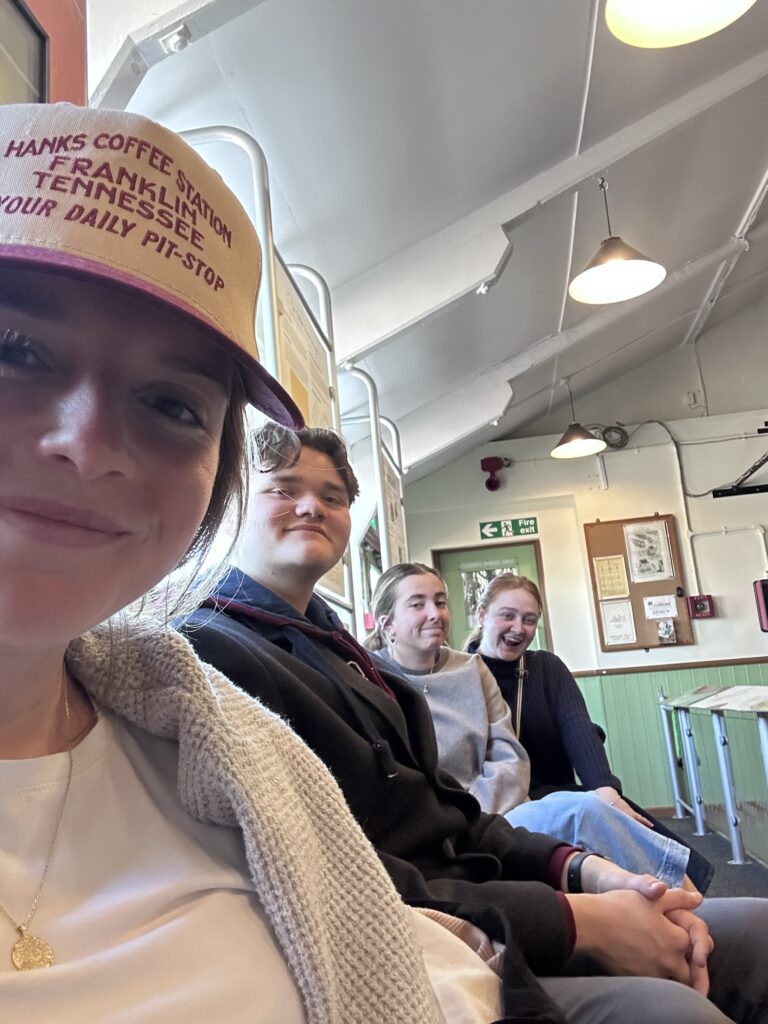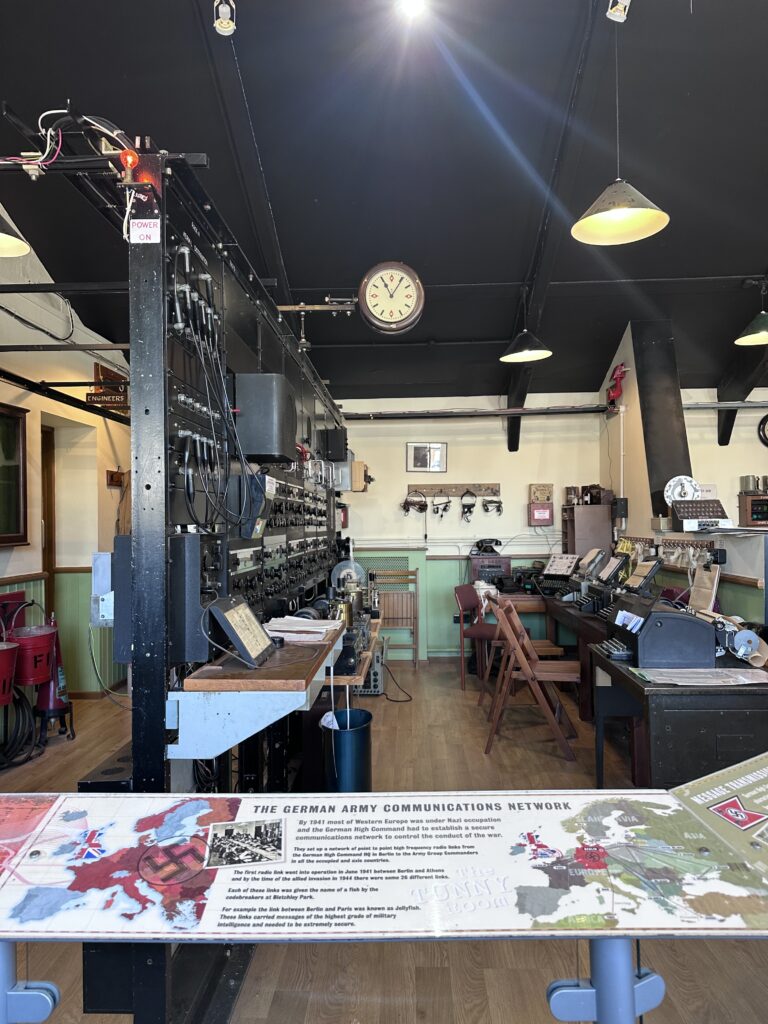Physical Address
304 North Cardinal St.
Dorchester Center, MA 02124
Physical Address
304 North Cardinal St.
Dorchester Center, MA 02124
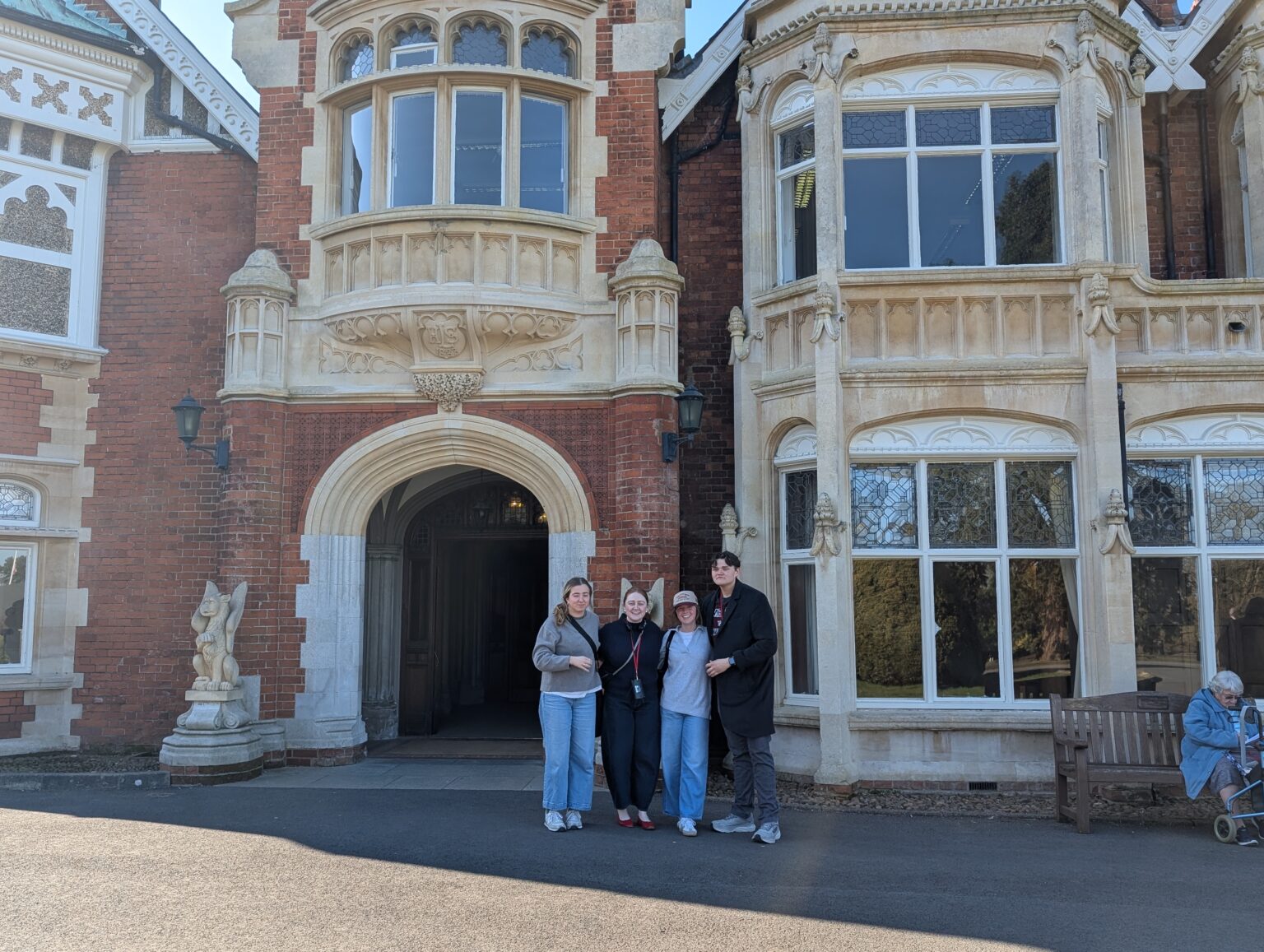
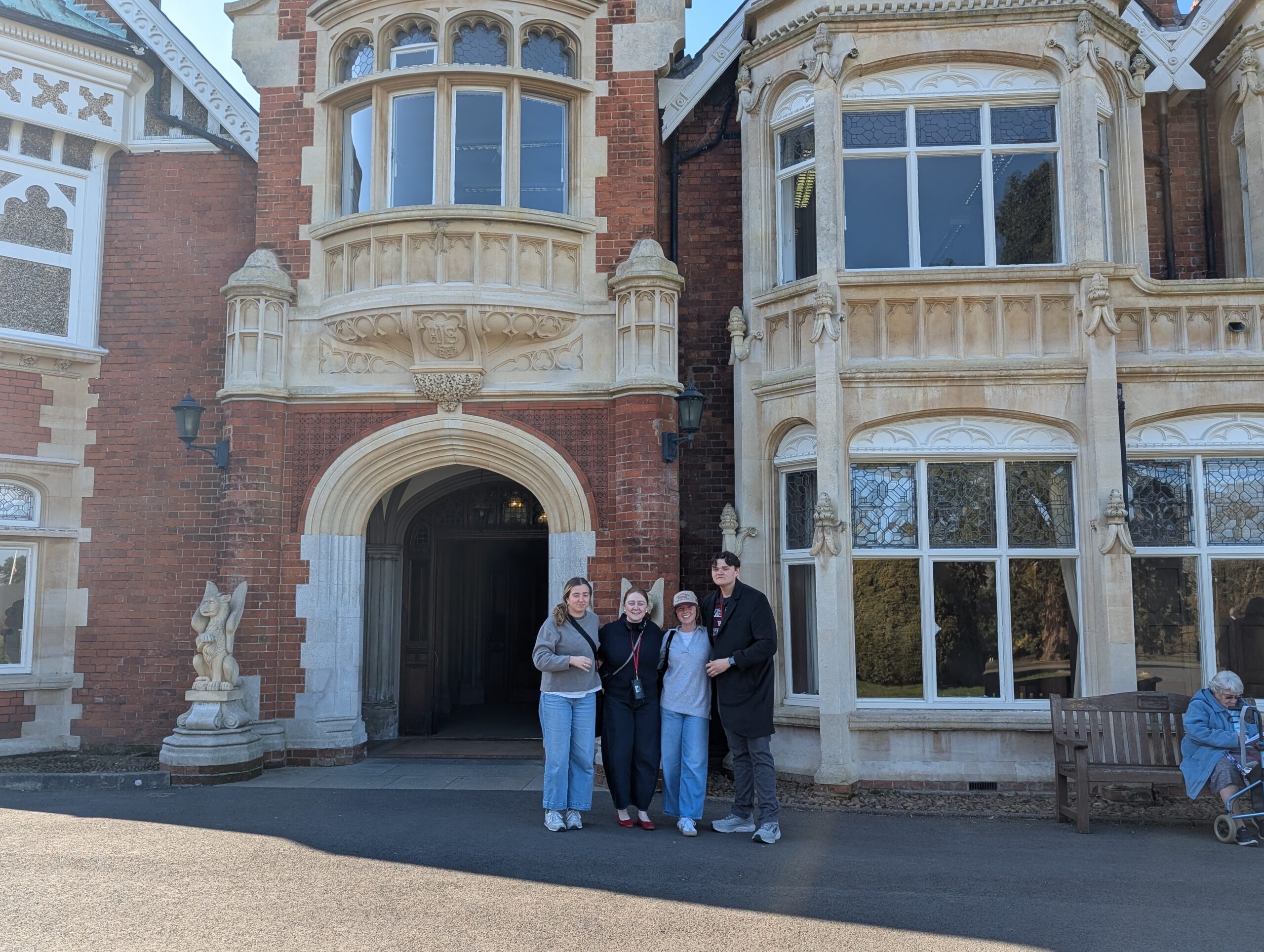
17/03/2025
As we walked from the train station to the National Museum of Computing (TNMOC), I couldn’t help but notice the stillness of the place. The quiet streets, the crisp air, and the absence of the usual city noise stood in stark contrast to the bustling energy of London. It was a perfect setting to reflect on the incredible history we were about to explore.
Though it is now 2025, it’s fascinating to think that this area was even more remote during World War II—a secret hub of intelligence and computing that changed the world.
Upon entering TNMOC, I immediately noticed the volunteers—mostly older British men. It made me wonder about their backgrounds and what drew them to this place. Their passion for sharing history was evident, and their knowledge added depth to our visit.
One of the first machines we encountered was the Lorenz SZ42, a German encryption device used by the High Command during the occupation of Norway. It was fascinating to see how encryption and decryption were carried out step by step.
Key Facts:

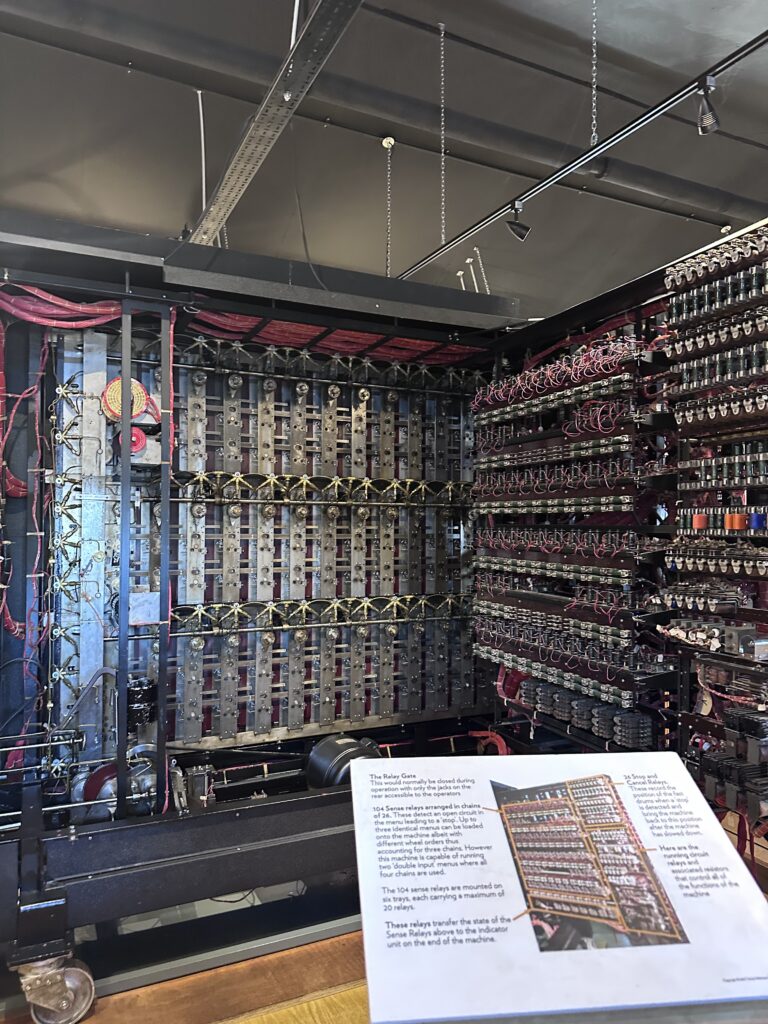
Led by Tony Sale, this section highlighted the world’s first electronic computer, which was built to decipher Lorenz-encrypted messages used by Hitler’s High Command.
Another remarkable machine we learned about was ERNIE (Electronic Random Number Indicator Equipment), which was used to select winners for the UK Premium Bond prize draw.
Key Facts About ERNIE:
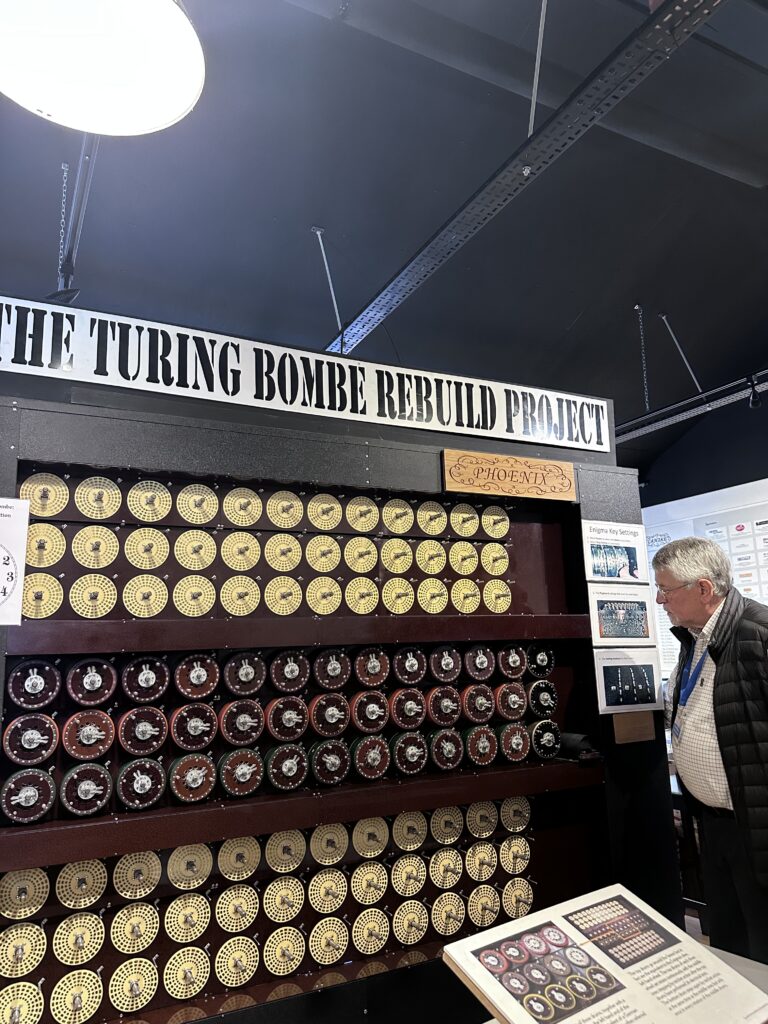
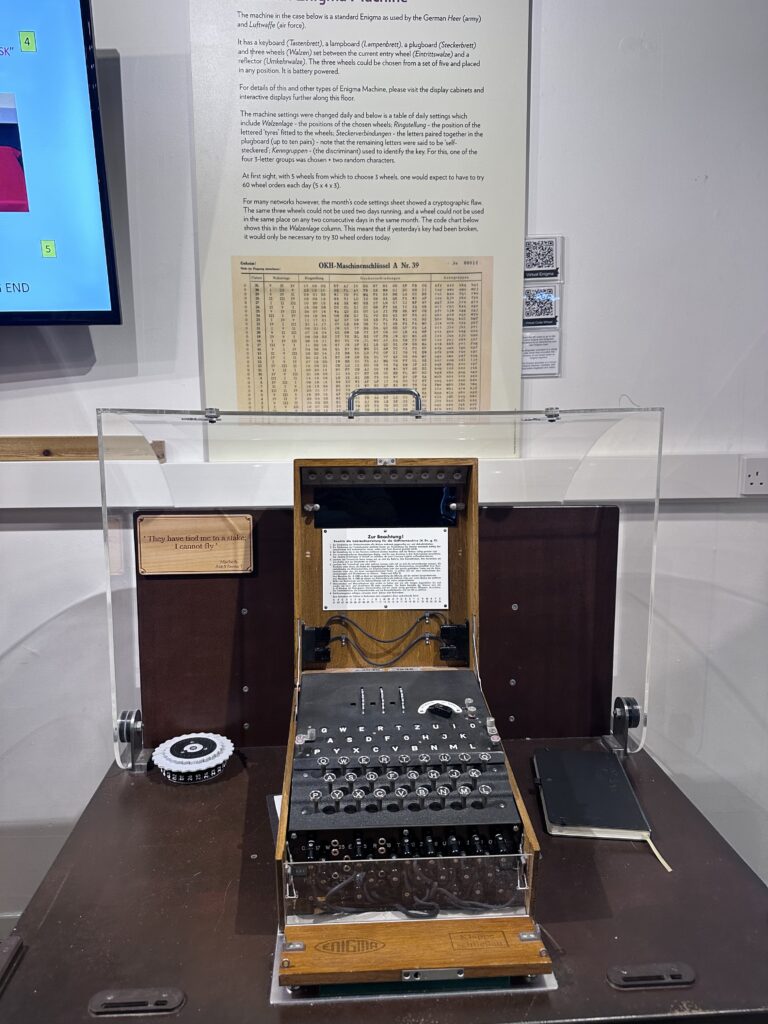
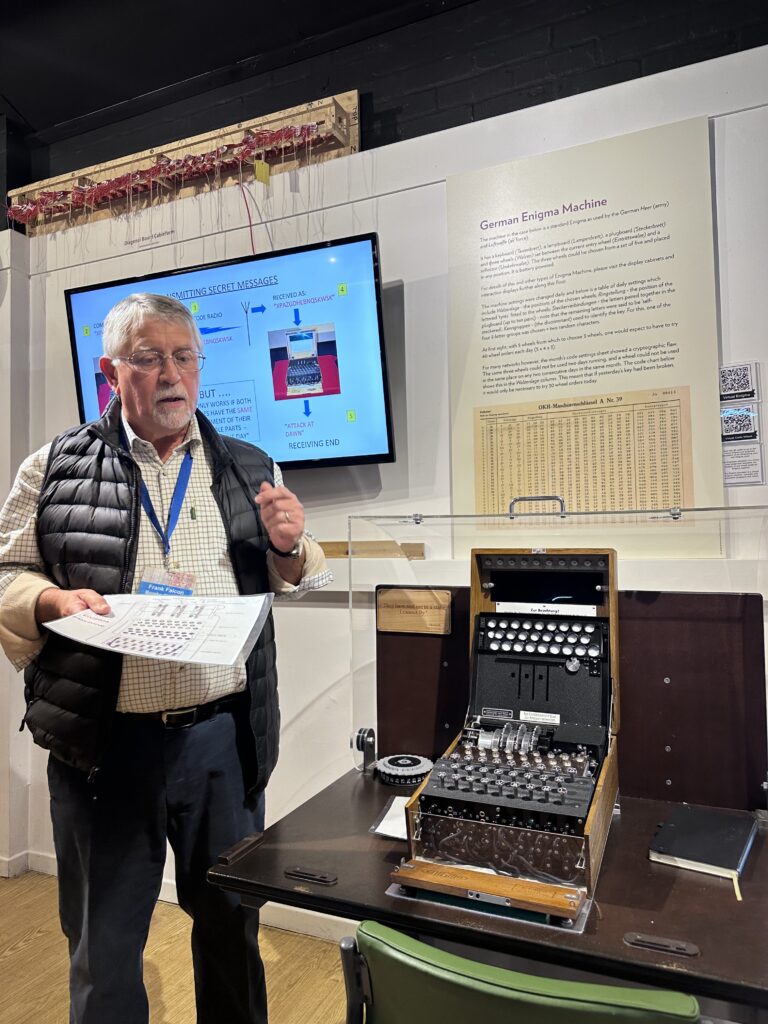
We were given an incredible demonstration of how the Enigma machine worked. The presenter was engaging and broke down the complex encryption process in a way that made sense. Having watched The Imitation Game before the visit gave me helpful background context.
Key Facts:
Seeing the creation of Alan Turing and his team up close was mind-blowing—to witness firsthand how their work shaped the world we live in today.

After TNMOC, we traveled to Bletchley Park, where so much of the secret war effort took place. Walking through the historic house, imagining what life must have been like for the thousands of workers stationed there, was a surreal experience.
Key Observations:
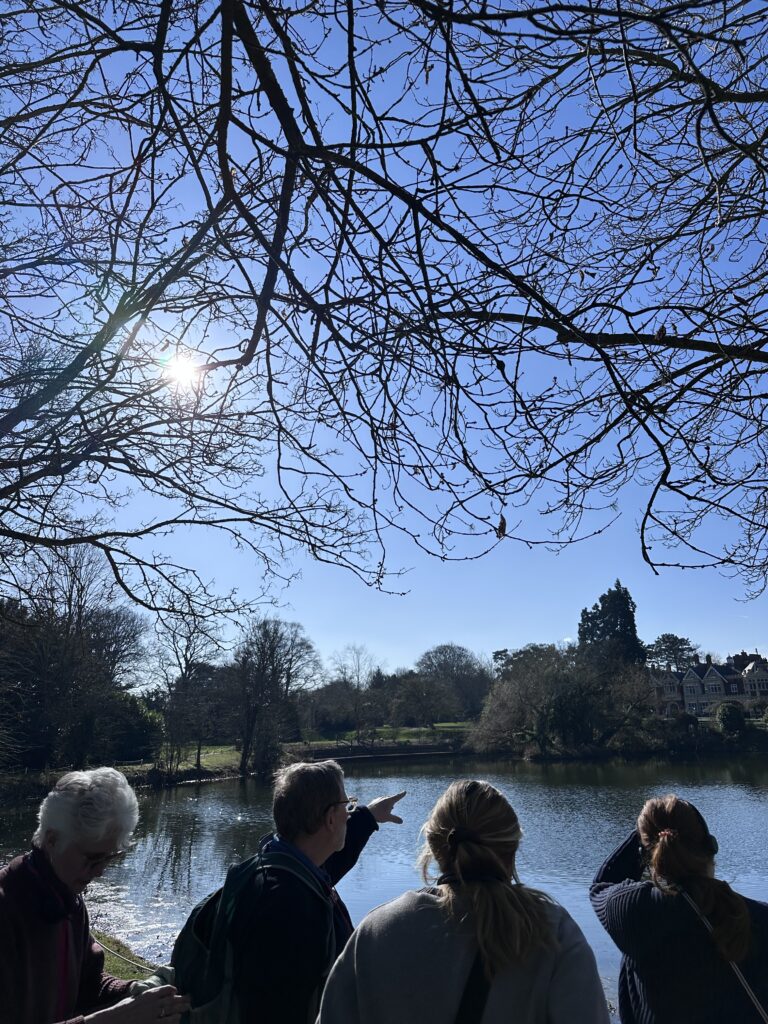

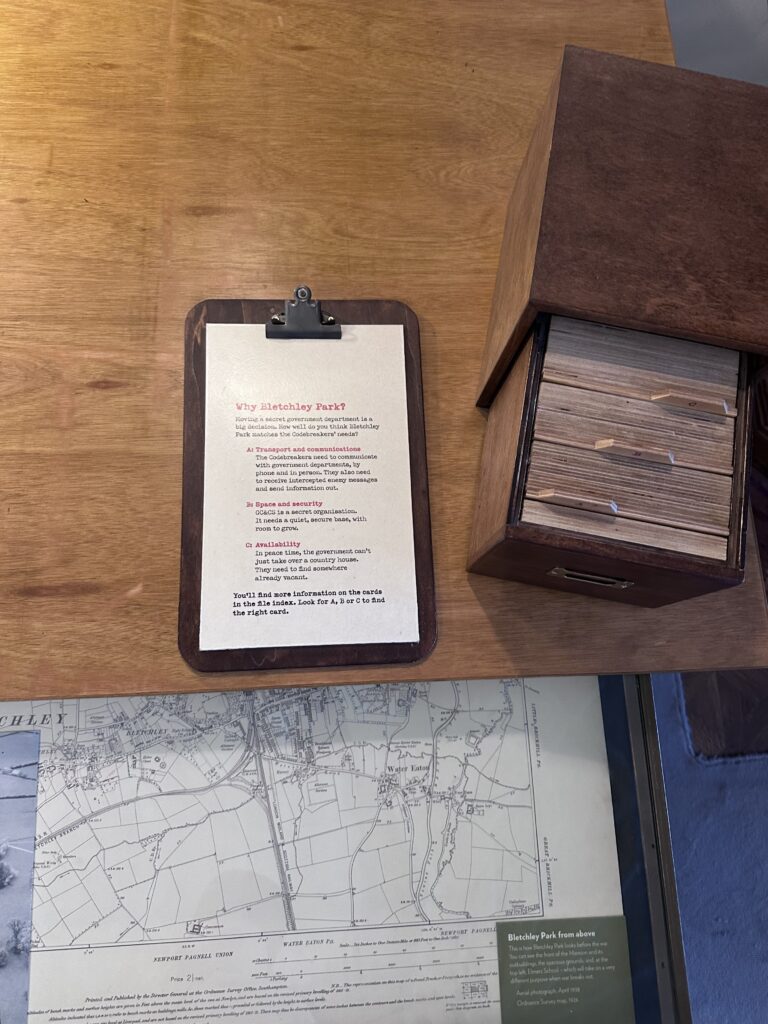
One of the most striking aspects of our visit was the recognition of the women who worked at Bletchley. So often, history overlooks their contributions, but here, it was impossible to ignore their vital roles in intelligence gathering, codebreaking, and administration.
Women played a massive part in:
It was incredibly moving to see their contributions honored and to recognize how they helped shape modern computing and gender roles in technology.
Reflecting on this visit, I felt an overwhelming sense of respect and admiration for the people who worked at TNMOC and Bletchley Park. Their contributions changed the course of history and laid the foundation for the technological world we live in today.
Key Takeaways:
This trip was more than just a history lesson—it was a reminder of how technology, teamwork, and determination can change the world. The people at TNMOC and Bletchley Park didn’t just break codes; they broke barriers, paved the way for modern computing, and ultimately helped save millions of lives.
Seeing it all firsthand made history feel real, tangible, and incredibly relevant to our lives today.
